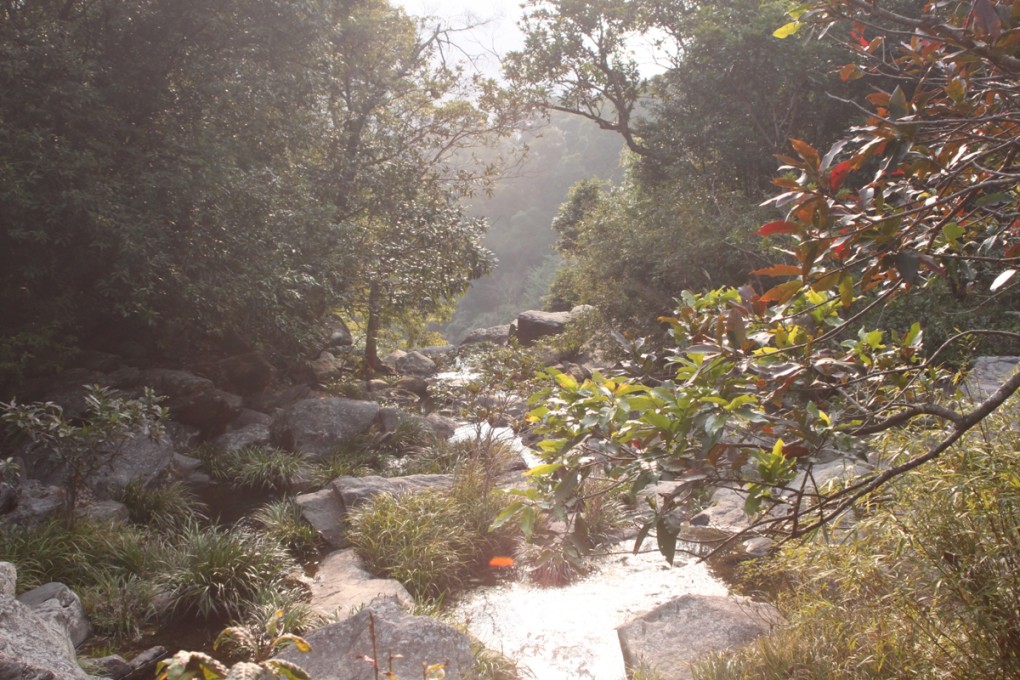Hong Kong's country parks should not be seen as urban green space
I was saddened to read a misleading comparison of green space between London and Hong Kong in "Time for city to catch up on stalled urbanisation" (November 19).

The park area figure for London, stated as 10 per cent, only refers to "park" as an open and green public space controlled by the City of London Corporation (the actual figure is closer to 8.9 per cent). The City of London's 2013 report, Green Spaces, the Benefits for London, stated that the corporation has 35,000 acres of public green parks under its control.
However, according to Greenspace Information for Greater London, roughly 47 per cent of Greater London is green; 33 per cent is vegetated green space, and 14 per cent is private, domestic garden space. Roughly 60 per cent of Greater London is undeveloped; 39 per cent of this land has an "amenity value" that enhances its appeal.
Hong Kong's countryside accounts for roughly three quarters of its land area (828 sq km) according to the Agriculture, Fisheries and Conservation Department. This infers that a quarter of Hong Kong is developed with roads, infrastructure, residential, commercial and industrial premises, parks, and other used and unused land.
Its country parks only account for 443 sq km, roughly two-fifths of the area, indicating there is still 385 sq km of land that is neither country park nor currently developed, leaving 35 per cent of the land unaccounted for in discussions.
Studying Hong Kong's green areas just within urban districts begins to give a fair comparison with London, as its parks have similar functions to Kowloon and Victoria parks, and to New York's Central Park and Chicago's Grant Park.